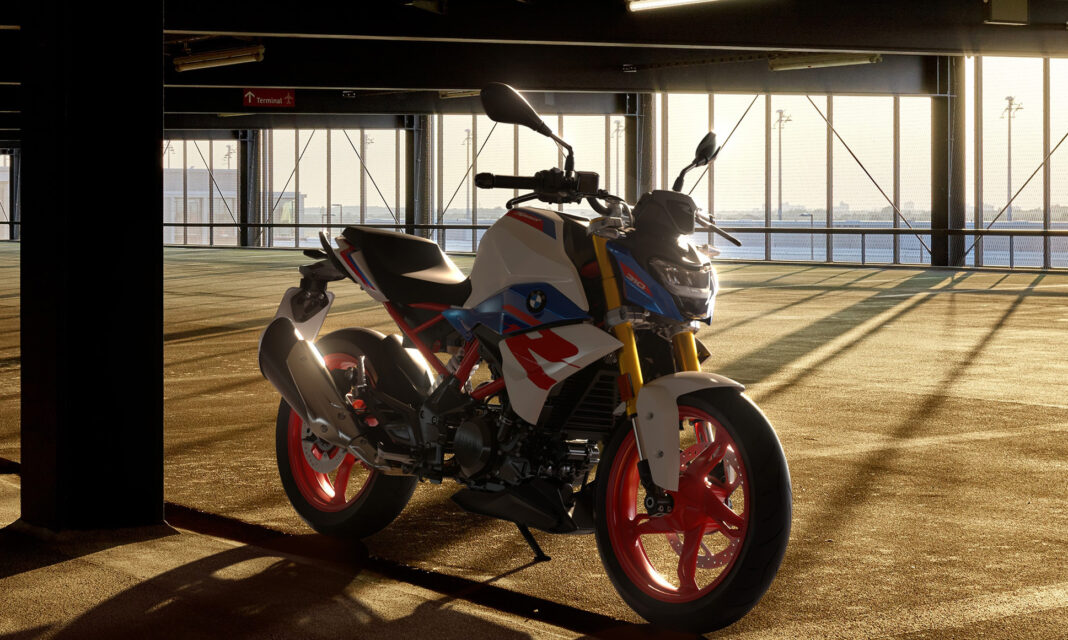For a very long time, superbikes in India—liter-class motorcycles like the Honda CBR1000 and the Suzuki Hayabusa—were only accessible to the wealthy. These bikes are still highly uncommon to see in the nation. Because of their uncommonness, they often attract a sizable audience of onlookers intrigued about their cost and fuel economy. Performance bikes seem foreign to most Indians because they are uncomfortable and consume much fuel. This is due to the fact that India’s perception of motorcycles has traditionally focused on the vehicle’s comfort during everyday commutes and its fuel efficiency. Yet, the motorcycle industry is quickly changing, and the Kawasaki Ninja 250R is to blame.
The Evolution of Indian Bikes
The evolution of performance bikes in India flows along the path below:
● Kawasaki Ninja 250R
The Ninja 250R was the first quarter-liter motorcycle to be introduced nationwide. India has the highest two-wheeler consumption rates in the world, and they still mostly use motorbikes in the commuter class. So, it makes sense that bikes with a quarter-litre engine were quite powerful, with around 30 hp. It was a real sports bike and provided someone who couldn’t afford a large bike with the sense of riding a big bike.
When it was introduced in 1986, the Ninja 250R was the first vehicle from outside India. It was essentially the ideal choice for someone looking forward to making an elegant entrance in a vehicle that wasn’t a mid-size 4-wheeler in terms of horsepower.
● Honda CBR 250R
Post the Ninja 250R, another 250cc, the Honda CBR 250R, followed the trend in India. Because of the Fireblade, the CBR label was already quite well-known throughout the nation, but most Indians couldn’t afford it.
Yet, the CBR 250R provided CBR aficionados with a chance to experience a responsive, fashionable motorbike that was more powerful than most previously common on our roads. The bike’s design was also along the time and didn’t fail to impress. The overall handling and control made it one of the trendsetters in the category.
● KTM 390 Duke
In partnership with Baja Auto, the Austrian motorcycle manufacturer KTM released the 200 Duke in India in 2012. It introduced the trend of a small, naked street combatant with a quick throttle. But, the KTM 390 Duke, which debuted a year later, essentially brought about a revolution in the two-wheeler industry in India.
The Indian public found a 390cc streetfighter with 44 engine power to be quite exciting. It was also less expensive compared to Ninja 250R (even though Ninja had been discontinued by this point). In addition, since it was made in India, the cost of care and maintenance was also quite low.
A KTM RC 390 costs Rs 2.36 lakh, far less than a fully-fledged streetfighter like a Kawasaki Ninja 250R. However, Indians are slowly embracing greater power despite price tags.
● BMW G 310 R
According to a press statement, the one-cylinder, lightweight, and powerful 310R perfectly captures the spirit of an elite roadster and has just the right amount of everything. The bike embodies all the company stands for: innovation, high quality, and many years of carefree ownership.
The owner’s luxury aspirations from G 310 R are amply fulfilled with high-end features, including a standard upside-down fork, premium materials, supplemental fittings, and outstanding craftsmanship that are best-in-class. Like other BMW 300cc bikes created for the global market, the bike can operate on various fuel types, satisfies all local pollution regulations, and establishes the company’s presence in the sub-500 cc class.
Conclusion
There was a period when 600cc bikes were regarded as entry-level for various foreign markets. Now, the situation has altered everywhere. The leading bike manufacturers like BMW, KTM, Honda, and Kawasaki have all introduced 300cc bikes that are well-liked by fans. These are actual bikes, not simply scaled-down versions of their full-grown counterparts; they are rapid off the line, have impeccable handling, and maybe a challenge for someone with no prior knowledge of sports motorbikes, which is common in India.



